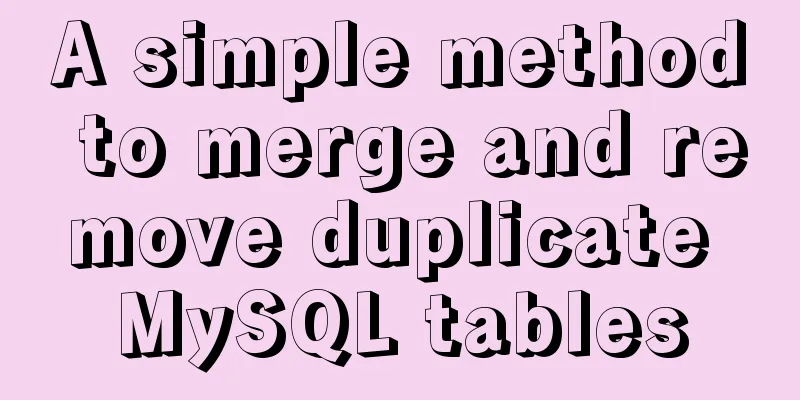Solution for Tomcat to place configuration files externally

questionWhen we are developing normally, if we want to deploy the project to Tomcat, the general practice is to package the project into a war package, then throw the war package into the webapps directory of Tomcat, and then start the project. However, when deploying a project to a production environment, the configuration files of the production environment are generally different from those of the local development environment. In this case, it is more troublesome to deploy the project to production using the method just described. You need to manually delete the original configuration files, or exclude the configuration files when packaging, and then copy the correct configuration files to the resource directory of the project. So, is there a simpler way? Workaround We can put the configuration files in a fixed location on the server, such as /var/config. Then import these configuration files into Tomcat.
Special note: appContext here is the context of your project, you need to change it to your own project context name, for example: taobao.xml Fill in appContext.xml like this
<Context path ="/appContext" docBase ="/home/tools/apps/appContext.war"
debug ="0" privileged ="true" reloadable ="true" >
<Parameter name="" value="/home/tools/config" override="false"/>
</Context>
path: fill in the context of your project docBase: fill in the war package path value: fill in the project configuration file pathGo back to the Tomcat directory, then enter the bin directory and modify the setenv.sh file CLASSPATH=$CLASSPATH:/home/tools/config If this file does not exist, create it and set executable permissions.
Finally, let me share a little knowledge, Tomcat sets the memory size In the bin directory of Tomcat, open the catalina.sh file and add the following line to the first line of the official code: JAVA_OPTS="-server -Xms128m -Xmx256m -XX:PermSize=64M -XX:MaxPermSize=128m"
Summarize This is the end of this article about placing Tomcat configuration files externally. For more information about placing Tomcat configuration files externally, please search for previous articles on 123WORDPRESS.COM or continue to browse the following related articles. I hope you will support 123WORDPRESS.COM in the future! You may also be interested in:
|
<<: How to create your first React page
>>: Web Standard Application: Redesign of Tencent QQ Home Page
Recommend
How are spaces represented in HTML (what do they mean)?
In web development, you often encounter characters...
How to Install and Configure Postfix Mail Server on CentOS 8
Postfix is a free and open source MTA (Mail Tra...
Complete steps to install MySQL 8.0.x on Linux
MySQL Introduction to MySQL MySQL was originally ...
Standard summary for analyzing the performance of a SQL statement
This article will introduce how to use explain to...
Three ways to prevent MySQL from inserting duplicate data
Create a new table CREATE TABLE `person` ( `id` i...
Example of how to build a Mysql cluster with docker
Docker basic instructions: Update Packages yum -y...
Detailed explanation of 8 ways to pass parameters in Vue routing components
When we develop a single-page application, someti...
XHTML three document type declarations
XHTML defines three document type declarations. T...
Centos7.3 automatically starts or executes specified commands when booting
In centos7, the permissions of the /etc/rc.d/rc.l...
display:grid in CSS3, an introduction to grid layout
1. Grid layout (grid): It divides the web page in...
Quickly solve the problems of incorrect format, slow import and data loss when importing data from MySQL
If you want to solve the slow problem once and fo...
Detailed explanation of four solutions to floating problems in CSS layout
1. Cause: The effect after the subbox is set to f...
Implementing user registration function with js
This article example shares the specific code of ...
Color matching techniques and effect display for beauty and styling websites
Color is one of the most important elements for a...
In-depth discussion of memory principles: Are variables stored in the heap or stack in JS?
Table of contents 1. The elephant that can’t fit ...











